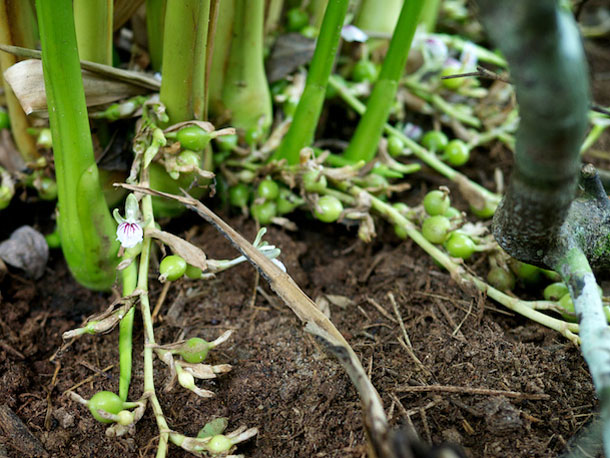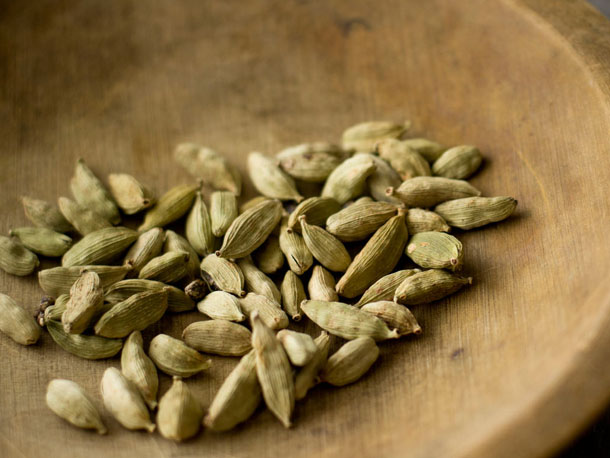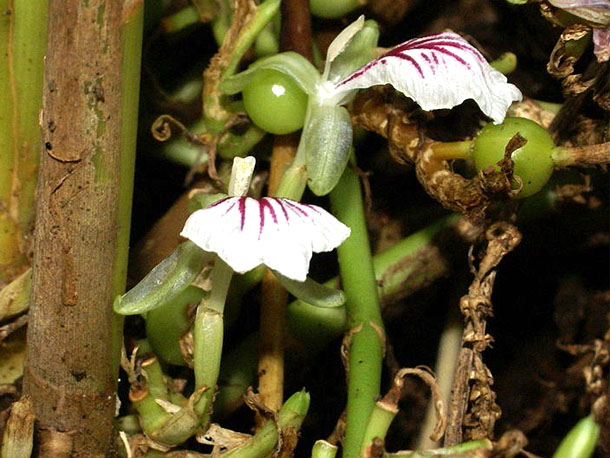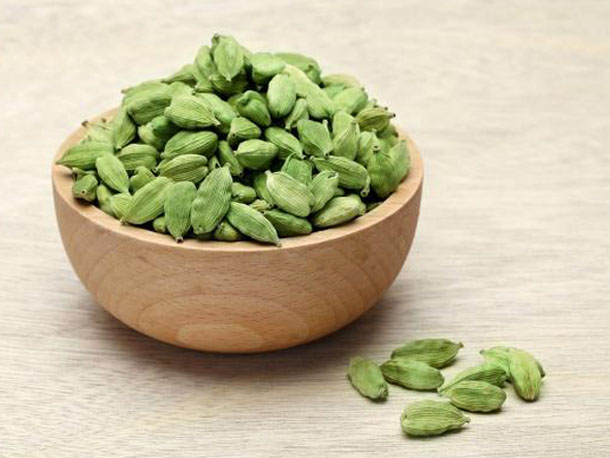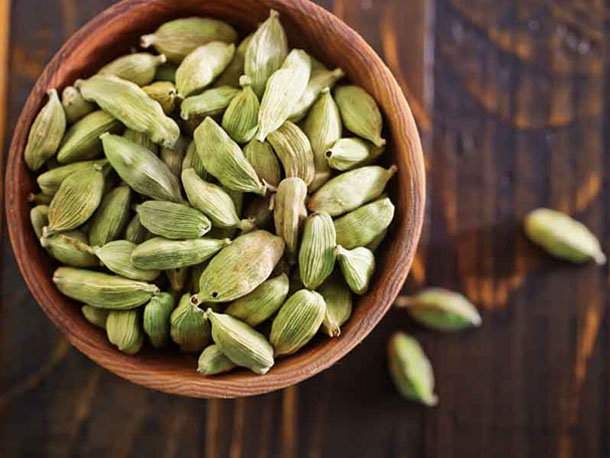Cardamom prices on the slide

INDIAN cardamom prices have been on the slide since hitting a recent high mark of Rs1,980 ($44.50) per kg in June this year; and have now fallen below the Rs900 a kg mark.
“Supply has far outweighed demand, since the second round of picking of the harvest is in full swing and will peak towards the end of the month,” said PC Punnoose, general manager of the Kerala Cardamom Processing and Marketing Company (KCPMC).
“Prices have been going down at our auctions in Bodinayakannur, with the average price dropping to as low as Rs857.40 per kg. Arrivals have been in the region of 60 tonnes per day. Total arrivals from the start of the season on August 1 until October 18 have been 2,556 tonnes, of which around 30 tonnes remain to be sold.”
The drop in demand is being attributed to the end of Diwali buying by upcountry dealers. The bearish sentiment, resulting in a declining trend in the market in recent days, has prompted buyers to stay away in anticipation of a further drop in prices.
There is also an expectation that good weather conditions prevailing in the growing areas after an unfavourable summer may lead to a better late crop.
This belief has also weakened the demand for raw material in the growing regions. Similar wait-and-watch sentiments are prevailing among exporters as well.
“The good climatic conditions so far have been encouraging for farmers, who are expecting a good crop,” added K K Devassia of the Cardamom Growers’ Association.
“Plantations in Idukki district have been reporting a good yield, and harvesting is progressing well.”
Fungus attacks a risk
However, there is some concern that continuous rains lashing the state at the moment could lead to fungus attacks on plants. Good drainage and proper care can help avoid the damage to some extent. The high prices for cardamom earlier in the season have helped farmers to tend their plantations more effectively.
“Cardamom needs low temperature, high humidity and incessant drizzles,” said Mr Devassia. “Heavy rains could damage the crop, while intermittent rains that keep the atmosphere humid augur well.”
During the 2009/10 crop year, cardamom production stood at 10,075 tonnes, compared with 11,000 tonnes during 2008/09 due to drought. This year, ironically, heavy rains are causing equal concern.
Guatamalan price cue
In the longer term, prices may take a cue from the Guatemalan crop, which starts arriving from December. Guatemala is the world’s leading producer of cardamom, with annual output of 25,000 to 27,000 tonnes, but has been ravaged by floods for the past two years.
A major reason for record prices during 2009/10 was lower production from Guatemala.
“This year, it is reported that production has improved in Guatemala,” said Mr Devassia.
“The impact may be lower this year, but from next year, Guatemalan production would definitely tend to depress Indian prices.”

